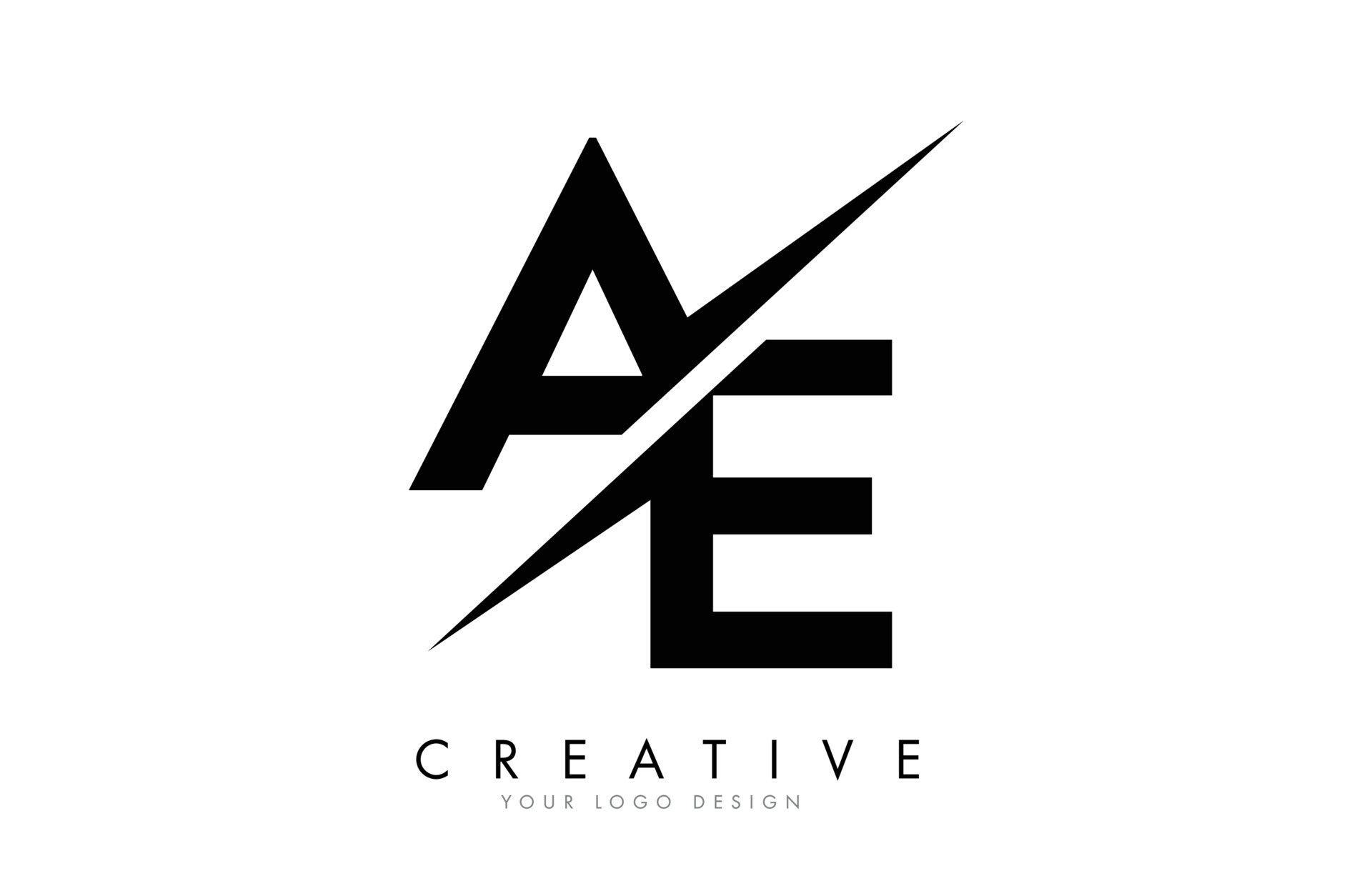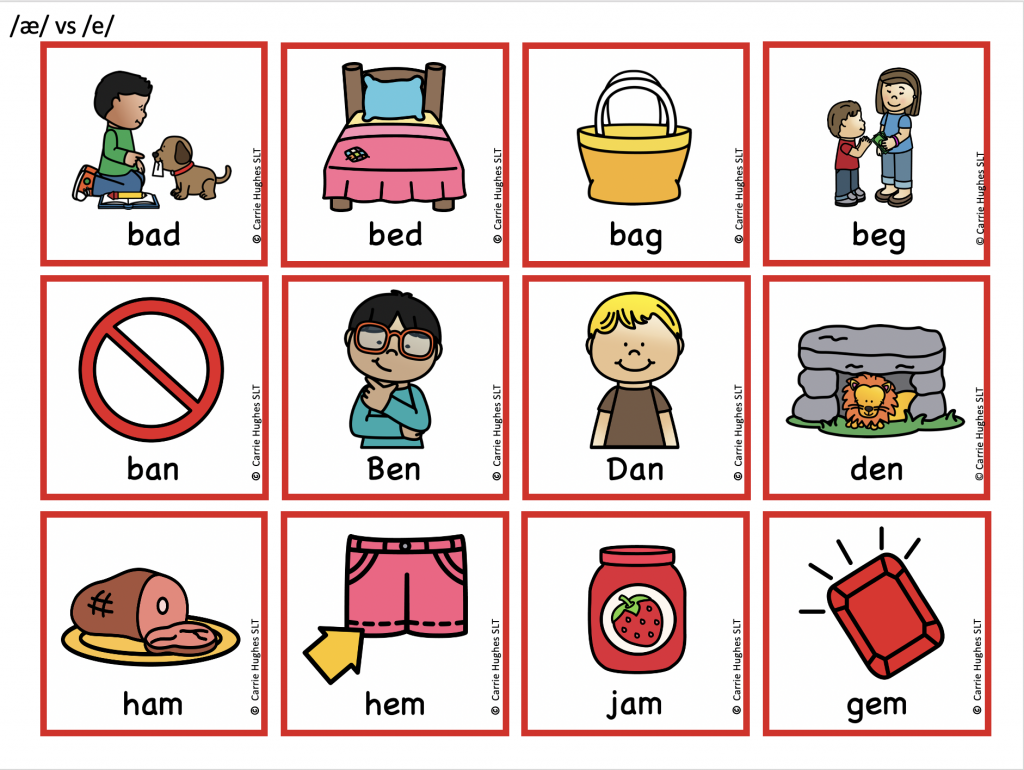Decoding Unicode & Character Encoding Issues: A Guide
Have you ever encountered a website or document where seemingly normal characters are replaced by a jumble of symbols and question marks? This frustrating experience is often a symptom of character encoding issues, a fundamental aspect of how computers handle text, and understanding it is key to ensuring the accurate display of information across the digital landscape.
The problem often manifests as strange sequences like \u00e3\u00ab, \u00e3, \u00e3\u00ac, \u00e3\u00b9, or \u00e3 in place of intended characters. This is because computers store text as numerical codes, and character encoding systems like UTF-8, ASCII, and others define how these codes are mapped to specific characters. When the encoding used to display the text doesn't match the encoding used to store it, the result is often garbled output. Moreover, these issues aren't confined to specific platforms; they can appear in web pages, databases, documents, and even emails, making it a widespread challenge for developers and users alike.
Character encoding problems can stem from various sources. Incorrectly configured database settings, inconsistent use of character sets across a website, or issues during data migration can all contribute. For instance, consider a scenario where a database is configured to use a particular encoding, but the data is inserted using a different one. This mismatch leads to the data being stored incorrectly, and subsequently, displayed incorrectly. Similarly, when transferring data between systems, a failure to convert the encoding properly can corrupt the text.
The most common encoding encountered today is UTF-8, a versatile encoding that supports a vast range of characters from almost all writing systems worldwide. It is generally recommended as the preferred encoding for its comprehensive coverage and compatibility. ASCII, an older encoding, is still relevant for basic English text, but it lacks the ability to represent many other languages. Other encodings like Latin-1 (ISO-8859-1) are still used in some legacy systems.
To understand character encoding issues, it's helpful to understand how characters are represented. Each character is assigned a unique numerical value, which is then converted into a binary format for storage. For example, the capital letter "A" in ASCII is represented by the decimal value 65, which becomes the binary sequence 01000001. UTF-8, on the other hand, uses variable-length encoding, which means that characters can be represented by one to four bytes depending on the complexity of the character. This allows UTF-8 to encode a vast range of characters from different languages.
A crucial part of resolving character encoding problems involves identifying the incorrect encoding and then converting it to the correct one. This process can involve several steps, like inspecting the headers of HTML documents or checking database settings. Tools and programming languages provide functions to convert from one encoding to another. For example, Python offers the `decode()` and `encode()` functions to convert between different encodings. In a database, you might use SQL queries with functions like `CONVERT()` to modify the encoding of a text field.
The problems are particularly visible with special characters such as those with diacritics (accents, umlauts, etc.) and characters from non-Latin scripts (Chinese, Japanese, Arabic, etc.). If the encoding doesn't support the character, it will either be replaced by a question mark or appear as a sequence of seemingly random characters. For example, a Latin capital letter "A" with grave (), which is represented by the Unicode code point U+00C0, might appear as a sequence of characters if the chosen encoding is incompatible.
The importance of correct character encoding is further amplified by the globalization of the web and the need to support multilingual content. Websites and applications must be able to handle text in multiple languages to be accessible to a global audience. If the text appears as gibberish, the user experience is greatly impaired, and valuable information can be lost.
Let's delve into how character encoding issues manifest and how to solve them. One of the most common scenarios is when a website displays characters incorrectly, such as showing instead of a special character. To fix this, one might need to change the HTML document's character encoding declaration in the `
` section. For instance, ensuring that the document includes `` guarantees that the browser interprets the text using UTF-8 encoding.Another example occurs when a database stores data with the wrong encoding, so that when it's displayed on a web page, the characters are mangled. This calls for fixing the database's character set and collation, and may involve data conversion using SQL functions. For example, in MySQL, the `ALTER TABLE` command can be used to modify the character set, and the `CONVERT` function is used to convert data to the correct encoding.
When integrating text from different sources, character encoding issues can become even more complex. For instance, imagine copying text from a Word document into a web page. The word processor might use a different character encoding from the web page, resulting in incorrect display. The best practice is to ensure that all systems and files involved use the same encoding. This will also involve inspecting the encoding of files and adjusting accordingly.
Tools like the `fix_bad_unicode` function are handy for mitigating character encoding problems. This function can attempt to fix the most common errors by replacing problematic character sequences with the correct characters. However, it's important to note that such tools are best used as a temporary fix, as the root cause of the problem should always be addressed for a sustainable solution.
Character encoding inconsistencies also impact search functionality. If the search index and the displayed content use different encodings, a search for a particular character might not yield the correct results. Consistent use of encoding throughout the system is essential to ensure that search queries match the text accurately.
The use of Unicode is essential in the modern web. Unicode is a standard that provides a unique number for every character, independent of the platform, device, application, or language. It is the foundation for character encoding, allowing systems to correctly represent and display characters from various languages. UTF-8, UTF-16, and UTF-32 are three common Unicode encodings. UTF-8 is the most widely used for web content.
When developing websites and applications, developers must be mindful of the impact of character encoding on performance. Handling character encoding conversions consumes CPU resources. Choosing an appropriate encoding from the start, such as UTF-8, can prevent the need for costly conversions.
Furthermore, many web development frameworks and content management systems (CMS) have built-in features to handle character encoding. For instance, when you create a new database table in a CMS, it usually allows you to select the character set and collation. The frameworks also generally provide functions to encode and decode text, minimizing the likelihood of encoding errors.
Testing is also key. After implementing any changes to character encoding, it's important to test thoroughly to ensure the text renders correctly in different browsers, on different devices, and with various language settings. Test cases should cover a variety of characters, including special characters and characters from different languages.
The information available on the web can also help in understanding these problems. Websites such as W3Schools offer comprehensive tutorials and references on HTML, CSS, Javascript, and other topics related to web development. These resources often explain how to declare character encoding in HTML documents and how to handle encoding in different programming languages and databases.
When working with databases, understanding how encoding interacts with SQL commands is necessary. For instance, when inserting data, it's critical to ensure that the client connection, the database, and the table columns all use the same character set. If they do not, unexpected results may occur. You might need to use specific SQL queries to alter the encoding of your tables or convert the existing data.
Character encoding issues extend beyond text-based data. If dealing with file names, they must also be encoded correctly. If a file name uses an unsupported encoding, it may not be displayed properly or the file may not be accessible. This is relevant when users upload files with special characters or non-Latin characters in their file names.
It is also important to note that the problems are not only on the server-side or client-side. It can exist everywhere where textual information is stored or transported. Therefore, it is important to handle the encoding problems in every layer, like database, web server, browser, etc. The best approach is to use UTF-8 in every place, but in some cases, you may have to deal with other encodings.
Moreover, there is the case of data in social media. If you are creating an application or website that uses social media data, it's essential to handle the character encoding of those data feeds carefully. Social media platforms might use different character encodings, and it's your responsibility to decode them properly for display and processing.
Incorrect handling of character encoding can also have security implications. For example, cross-site scripting (XSS) vulnerabilities may arise if user input containing special characters is not properly encoded before being displayed on a webpage. Proper encoding of user input is a necessary step in preventing these types of attacks.
Lastly, always remain open to learning and new tools. The digital world is constantly evolving, and new challenges in character encoding may arise. Staying updated with the latest developments and using advanced tools will help you handle character encoding issues effectively.
In the world of computing, where the storage and presentation of textual data are fundamental to human-computer interactions, the ability to ensure proper character encoding is essential. Whether you're a web developer, a database administrator, or simply someone who works with text, understanding and addressing character encoding issues is crucial for delivering a consistent, accurate, and user-friendly experience. By paying attention to character encodings, you can guarantee that information is presented as intended, making the digital world a more accessible and understandable place.


